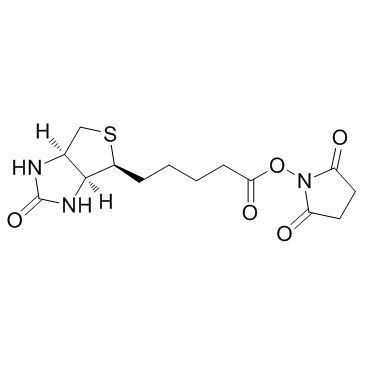Nonregeneration protocol for surface plasmon resonance: study of high-affinity interaction with high-density biosensors.
Yijun Tang, Ray Mernaugh, Xiangqun Zeng
文献索引:Anal. Chem. 78 , 1841-1848, (2008)
全文:HTML全文
摘要
Surface plasmon resonance (SPR) has been used in determining kinetics and thermodynamics of biological interaction in the past decades. One difficulty encountered in this technology is the need for a proper regeneration, which means the removal of analytes from the bound complexes to regenerate the activity of the ligands. Regeneration is not always practical since the harsh regeneration reagents may destroy the bioactivity of the ligands. It is even more difficult for complexes with high affinity constants. In this paper, we report a nonregeneration protocol for SPR techniques in which subsequent ligand/analyte interactions can be measured without regeneration; thus ligand biological activity could be retained. Kinetics, binding models, and mathematics of this protocol are discussed in detail using rabbit IgG as the analyte and engineered recombinant antibody A10B single-chain fragment variables (scFv) as the ligand. The affinity constant of rabbit IgG binding with A10B scFv measured by using a nonregeneration protocol was (2.5 +/- 0.2) x 10(7) M(-1), which was comparable with the value determined with a conventional regeneration SPR method ((2.2 +/- 1.5) x 10(7) M(-1)) and quartz crystal microbalance (1.9 x 10(7) M(-1)). A paradigm of streptavidin-biotin binding was analyzed to validate this protocol. The affinity constant for each binding subunit of streptavidin to the immobilized biotin was determined to be (7.3 +/- 0.2) x 10(6) M(-1), which was comparable with the solution-based value of 2 x 10(7) M(-1). The nonregeneration protocol requires a relatively high ligand density on the biosensor surface so that more data points can be obtained before surface saturation. The small size of scFv enables them to be constructed in the biosensors for such purpose.
相关化合物
| 结构式 | 名称/CAS号 | 分子式 | 全部文献 |
|---|---|---|---|
 |
(+)生物素-N-琥珀酰亚胺基酯
CAS:35013-72-0 |
C14H19N3O5S |
|
Rapid fluorescent detection of Escherichia coli K88 based on...
2014-07-01 [J. Fluoresc. 24(4) , 1159-68, (2014)] |
|
Xepac protein and IP3/Ca2+ pathway implication during Xenopu...
2015-02-01 [Zygote 23(1) , 99-110, (2015)] |
|
The use of the avidin-biotin complex as a tool in molecular ...
1980-01-01 [Methods Biochem. Anal. New York, NY 26 , 1-45, (1980)] |
|
K. Hoffmann et al.
[J. Am. Chem. Soc. 100 , 3585, (1978)] |
|
On-resin biotinylation of chemically synthesized proteins fo...
1988-05-01 [Anal. Biochem. 170 , 502, (1988)] |